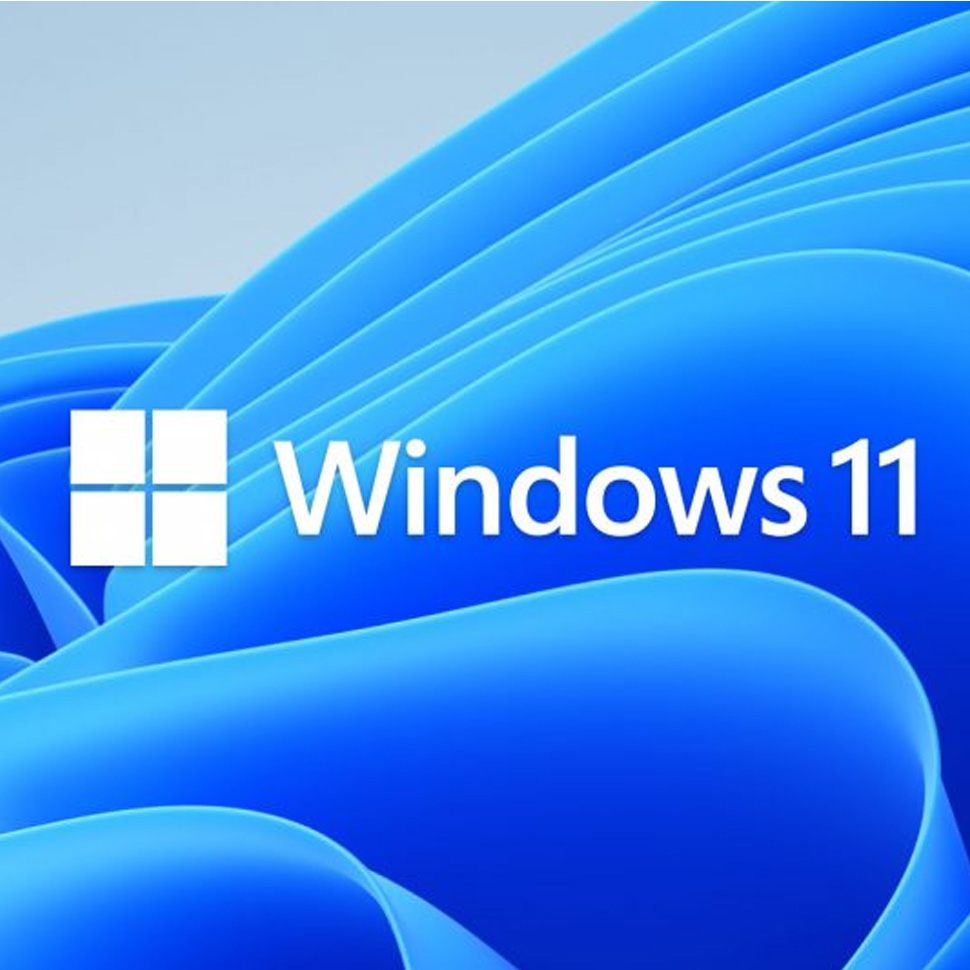WIndow 11

Windows 11 launched in October of 2021, and the operating system has been gradually adding features ever since. However, some of Microsoft's default Windows 11 settings are a bit lackluster, and in some cases they can even undermine your PC accessories.
The option to change between light mode and dark mode in Windows 11 isn't in the most obvious place. Instead of being filed under display options, it can be found under Settings > Personalization > Colors. There, you can choose light mode, dark mode, or use different settings for Windows vs. apps. You can also set transparency effects and accent colors in this menu.
Not a fan of Microsoft Edge? You can change Windows 11 to use whatever browser you prefer. Go to Settings > Apps and look for the browser you'd like to use. Then just click 'Set default' in the top-right corner, and Windows will automatically use that browser when opening links from other apps. You also have the ability to customize by file type if, say, you want PDF files to open in a different browser.
Keeping your computer updated is important for security, as Windows updates often include patches to prevent security exploits. Still, unexpected updates can be annoying, especially if your computer forces a restart. To take more control of your Windows 11 updates, go to Settings > Windows Update > Advanced options. From this menu, you can set your active hours (so your device won't restart while you're doing things) or ask Windows to give you a 15-minute heads-up before automatically restarting to apply updates.
There's no annoyance quite like getting a new device but feeling like it's sluggish as soon as you turn it on. Most of the time, the culprit is too many startup apps. The more apps your device launches on startup, the more resources it drains. To save on resources and make things a bit snappier, go to Settings > Apps > Startup and turn off everything you don't need immediately after turning on your computer.
Windows 11 defaults to a low refresh rate, likely to save power, but this default means you're not getting the most value out of your monitor. Go to Settings > System > Display > Advanced display and look for your display. There will be a dropdown menu labeled Choose a refresh rate and pick the highest option your monitor can support.
As with refresh rate, your default sound settings could be holding back your accessories. To check, go to System > Sound > Properties and choose the sound device you're using. Then under Output settings, make sure the Format option dropdown uses the highest available setting. This will ensure you're getting the maximum audio quality. If you're using a headset for three-dimensional audio, make sure the spatial sound setting is turned on (Windows Sonic for Headphones).
Some of the default privacy settings in Windows 11 give Microsoft ways to sneak advertisements into your experience. Fortunately, you can disable those avenues in settings. Go to Settings > Privacy & security > General and toggle off any of the options you don't like. The privacy & security menu also lets you change other options, like turning location services off or choosing which apps can access your camera.